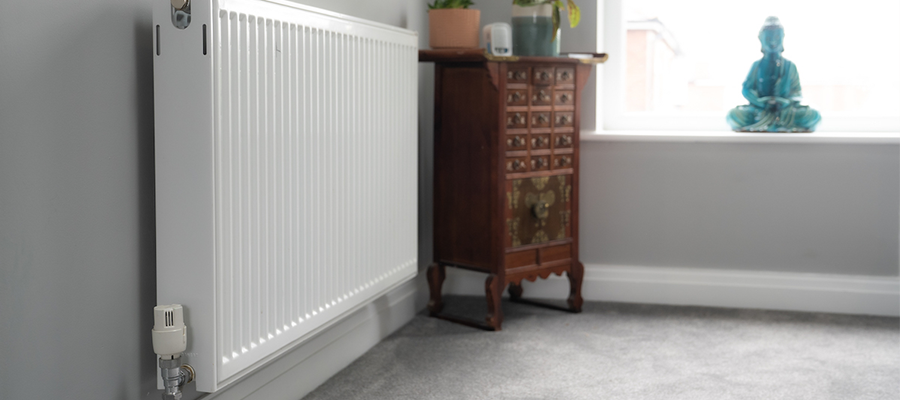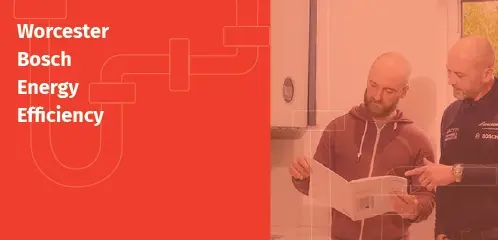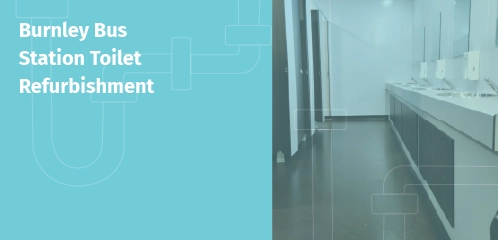Upgrading to Modern Radiators: A Guide
Damage to your radiators can be quite dangerous but not particularly noticeable. This is why upgrading to modern radiators is essential for many households.
As with any type of item in your home, radiators can fall victim to wear and tear. Once radiators get old, they can start to become inefficient or can even start to rust. A common issue is uneven heat throughout a radiator which can be caused by sludge build up, especially in older systems.
However, unlike the wear and tear on other household items, damage to your radiators can cause issues when they eventually leak. Efficiency of your heating system and avoiding potential leaks is why upgrading to modern radiators is essential for many households.
What difference will upgrading to modern radiators make?
When you upgrade to modern radiators, you will likely benefit from a number of different improvements in your central heating system.
Some common benefits of replacing your radiators include:
- Improved efficiency
- Potential reduction in heating bills
- Faster heating times
- Better heat outputs
- Enhanced aesthetics
- Space efficiency
Types of modern radiators
Modern radiators, also known as designer radiators, come in many styles, shapes and designs, meaning you will be able to easily find the perfect radiator to suit your home and interior design.
Different types of modern radiators include:
- Single or double panel radiators - This is typically the most common type of radiator you will see in homes up and down the UK. These radiators usually come as one slim single panel that sits close to the wall, or as a double panel with a gap between them that helps to give out more heat. They have convector fins to give out more heat.
- Horizontal and vertical radiators - Horizontal radiators are wider than they are tall and are typically placed under windows. Vertical radiators are taller than they are wide and are an ideal space saving solution. They are usually more visible than horizontal radiators and come in a variety of colours and designs.
- Towel radiators - Towel radiators are a type of radiator designed for bathroom use. They are made of a series of steel tubes arranged horizontally in a ladder style and are perfect for hanging towels on to keep them warm.
- Column radiators - Column radiators are made up of vertical rows of metal tubes that are joined at the top and bottom. They are usually made of cast iron and have a more traditional feel than flat panel radiators. These are now widely available in different materials to cast iron which makes them much more affordable.

Pros and cons of upgrading to modern radiators
When you’re considering upgrading to modern radiators, it's worth keeping in mind the pros and cons before you invest.
Pros of upgrading to modern radiators:
- Enhanced efficiency - Modern radiators are designed to be more energy efficient, potentially reducing heating costs and environmental impact.
- Better heat output - They often have improved outputs and can distribute heat more evenly, leading to more comfortable temperatures.
- Improved aesthetics - Modern radiators can enhance the look of your interior, offering a more contemporary look and also potentially increasing the value of your home.
- Reduced maintenance - Newer radiators require less maintenance than older ones, which can often be prone to leaking and rust.
- Improved controls - Modern radiators should be fitted with thermostatic valves and are compatible with many well-known smart thermostatic radiators valves.
Cons of upgrading to modern radiators:
- Higher initial costs - Modern radiators are usually more expensive than traditional ones, making the initial upfront cost higher.
- Quicker cooling times - Newer radiators use less water to output the same heat as older ones, meaning your boiler doesn’t need to heat as much water. Once the heating turns off, your radiators will cool down much quicker and will therefore have less residual heat.
- You may have to also invest in other products - To get the best out of your new radiators, you may also need to invest in thermostatic radiator valves or a smart thermostat.
- Costs to ‘make good’ plastering or redecorate - If you have very old radiators, you may find that modern radiators are more compact in size, or the same sizes are not available. This means a heating engineer will have to make adjustments to pipework and you may need plastering or decorating around your new radiator. This is even more so when you want designer radiators to appear as if they have no pipework. A good heating engineer can advise you when they quote for work.
Do you need a Plumbing and Heating Engineer to install a new radiator?
Yes, we highly recommend you enlist the help of a plumbing and heating expert to
install a new radiator.
Fitting a radiator yourself could result in greater issues in the long run, as well as potentially very expensive mistakes that would require the help of a professional to fix.
Why should you choose to upgrade to a modern radiator?
Upgrading to modern radiators offers a number of significant benefits, such as increased efficiency, reduced energy bills and even improved interior aesthetics, making them a worthwhile investment for your home.
Modern radiators are designed with improved heat transfer and internal water channeling, allowing them to heat your home efficiently with less energy consumption. In turn, this allows you to achieve the same level of heating with significantly less energy, therefore helping to lower your energy bills.





